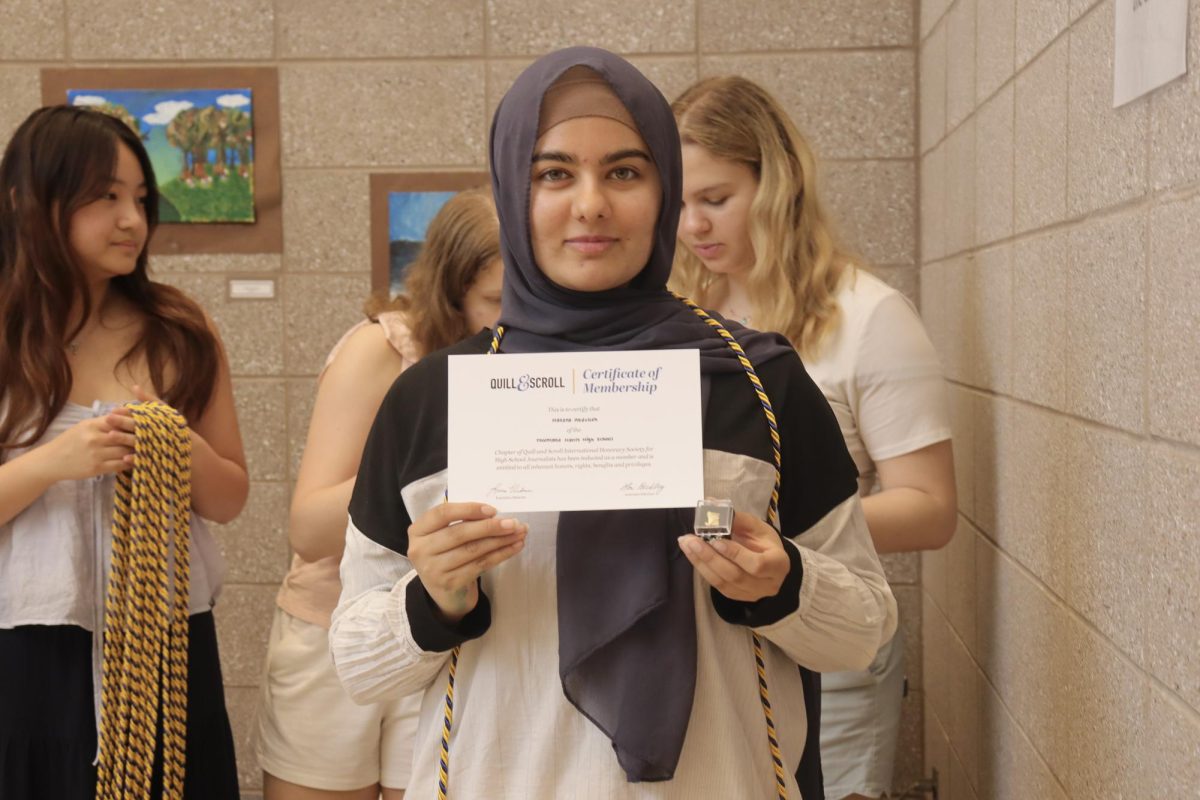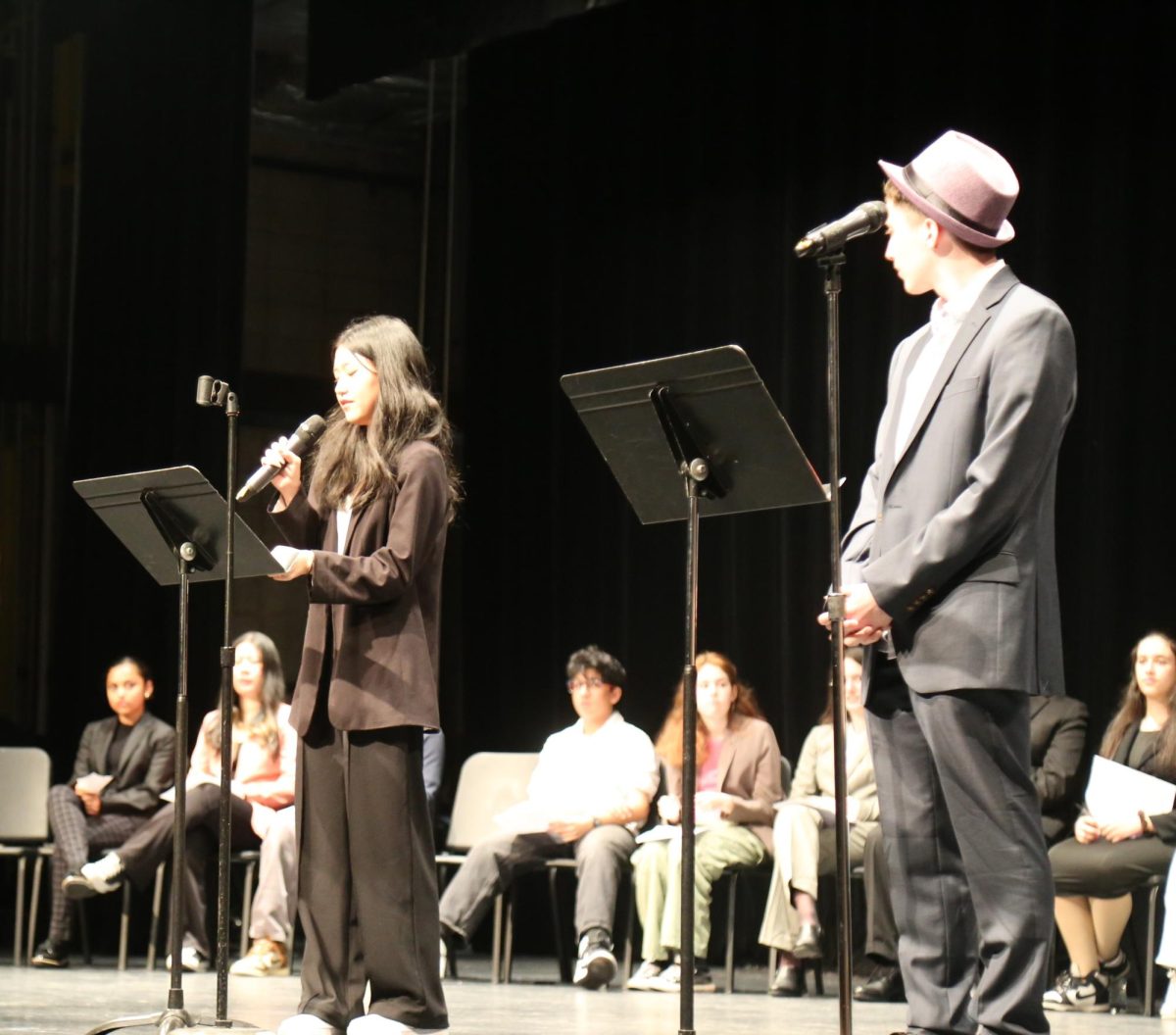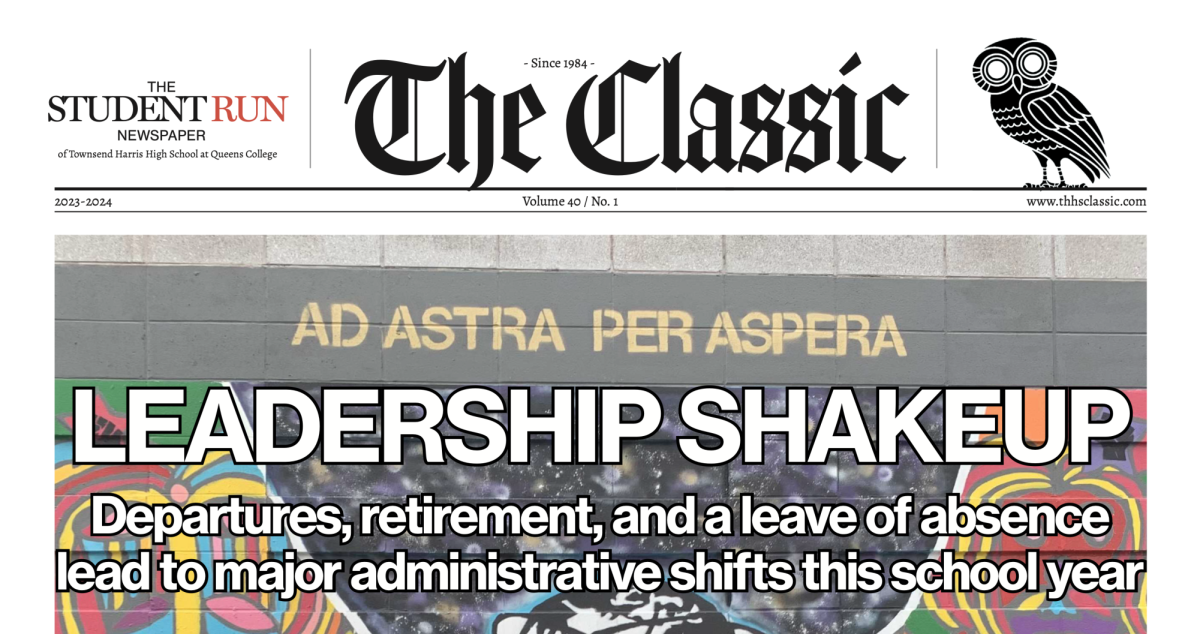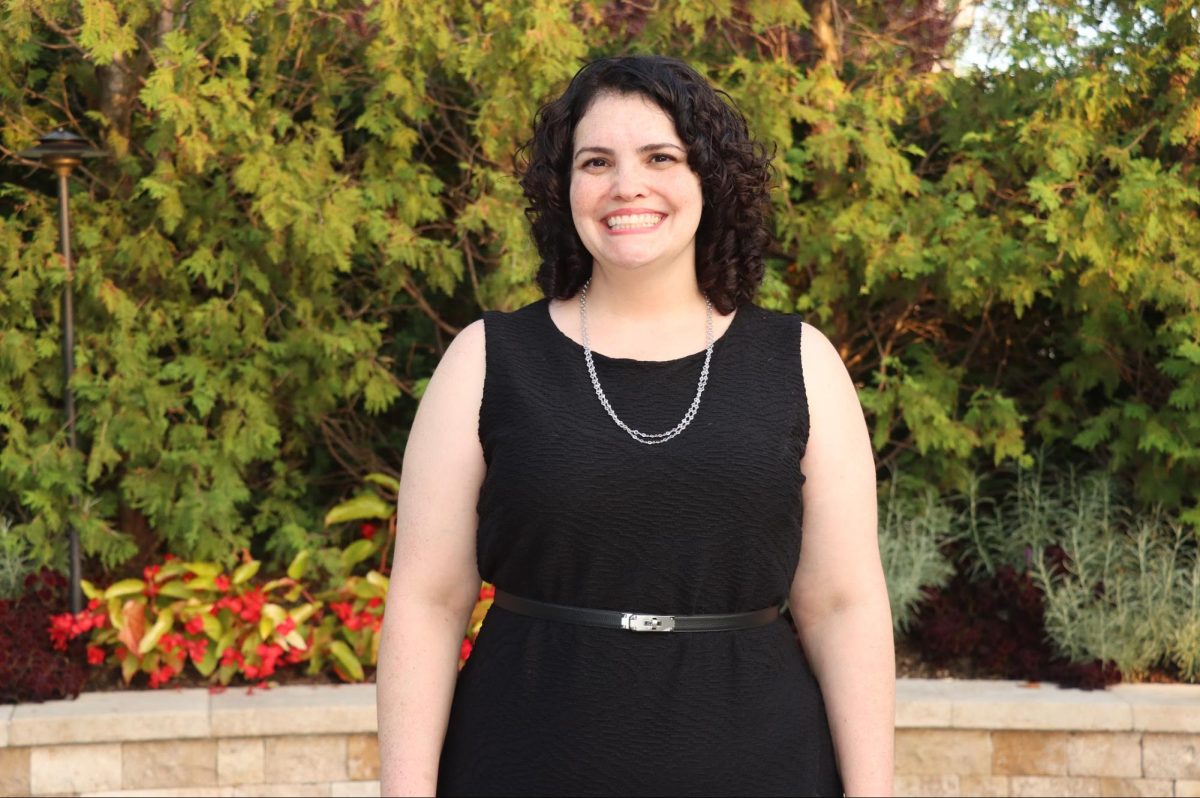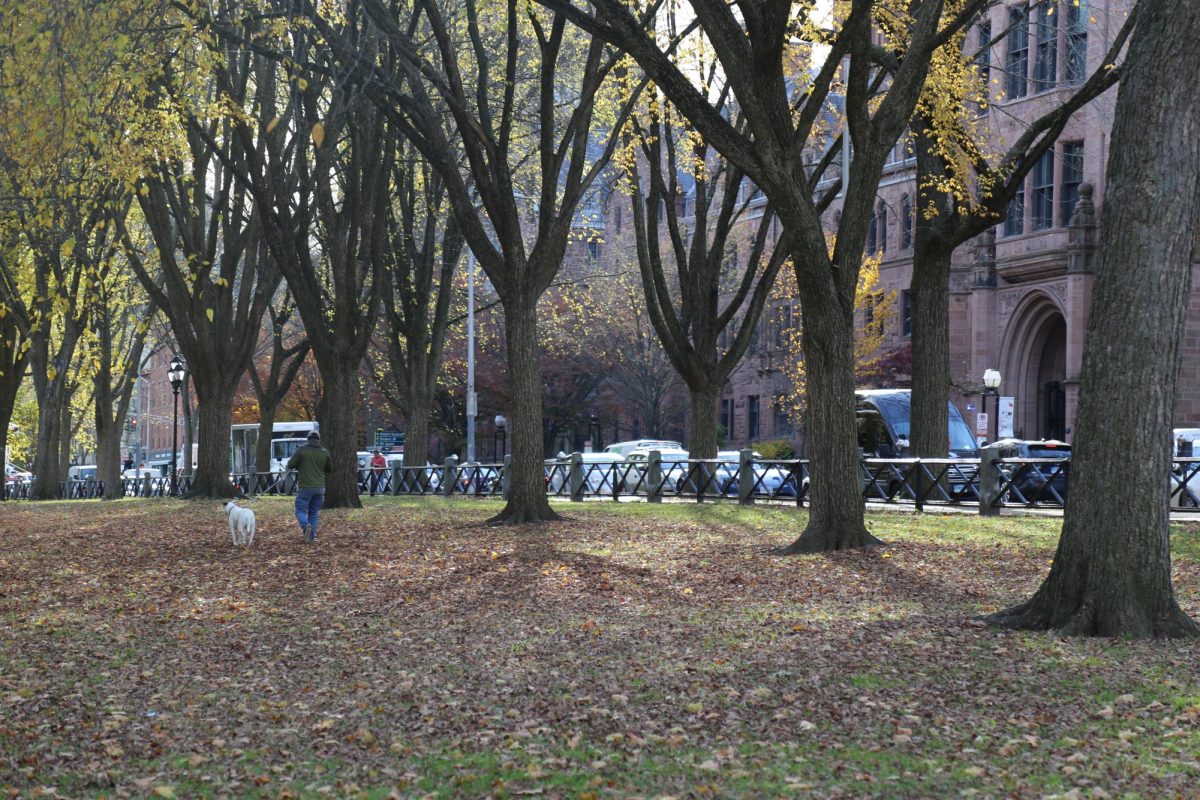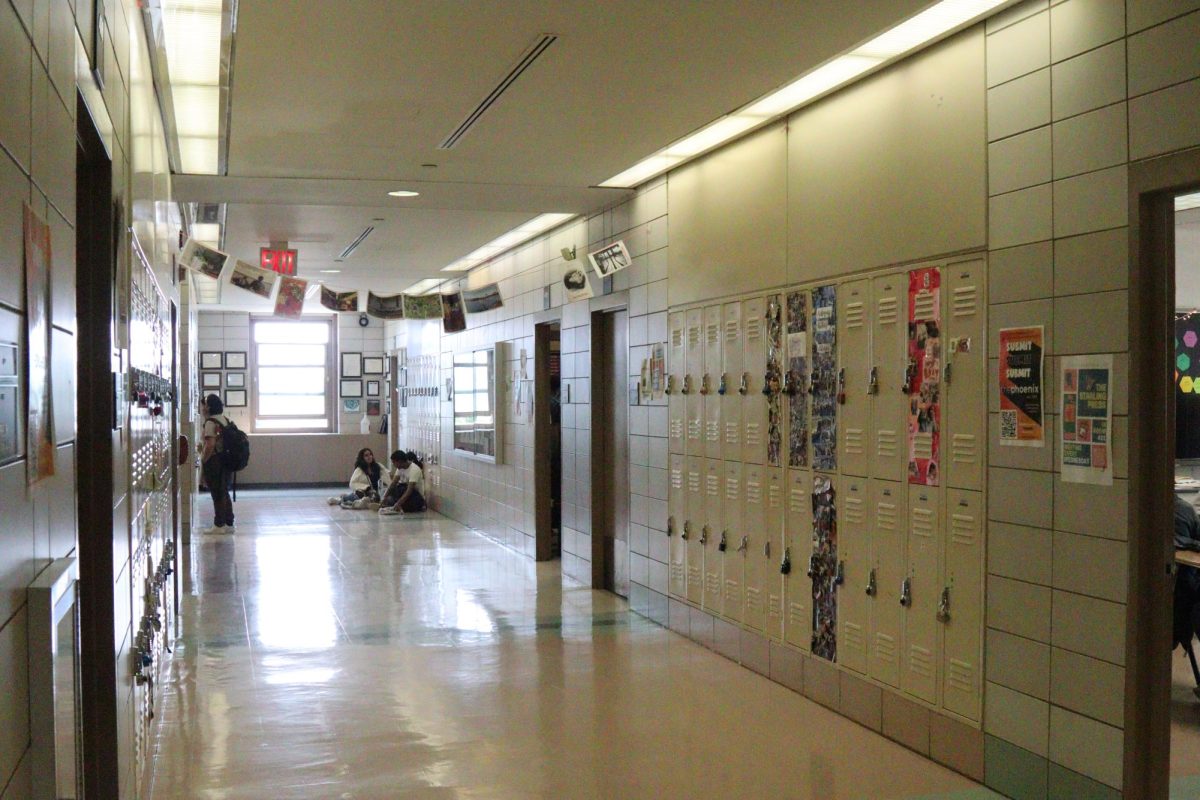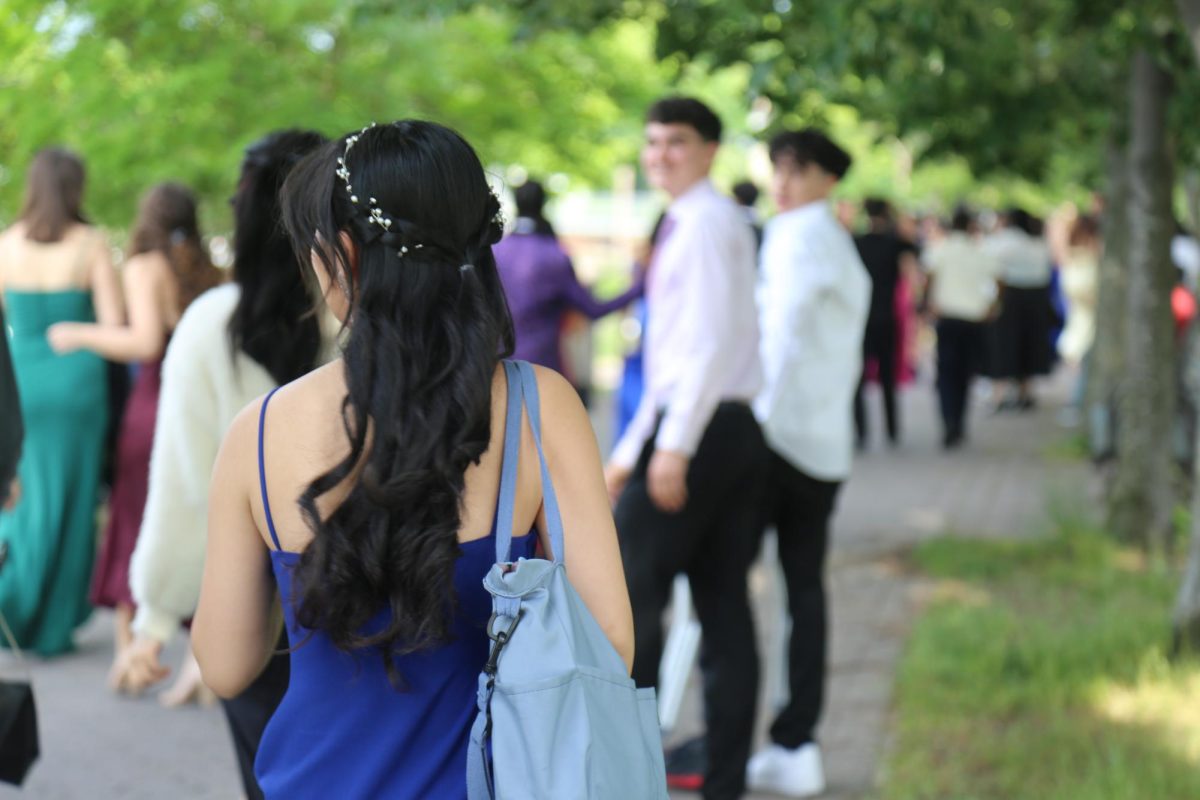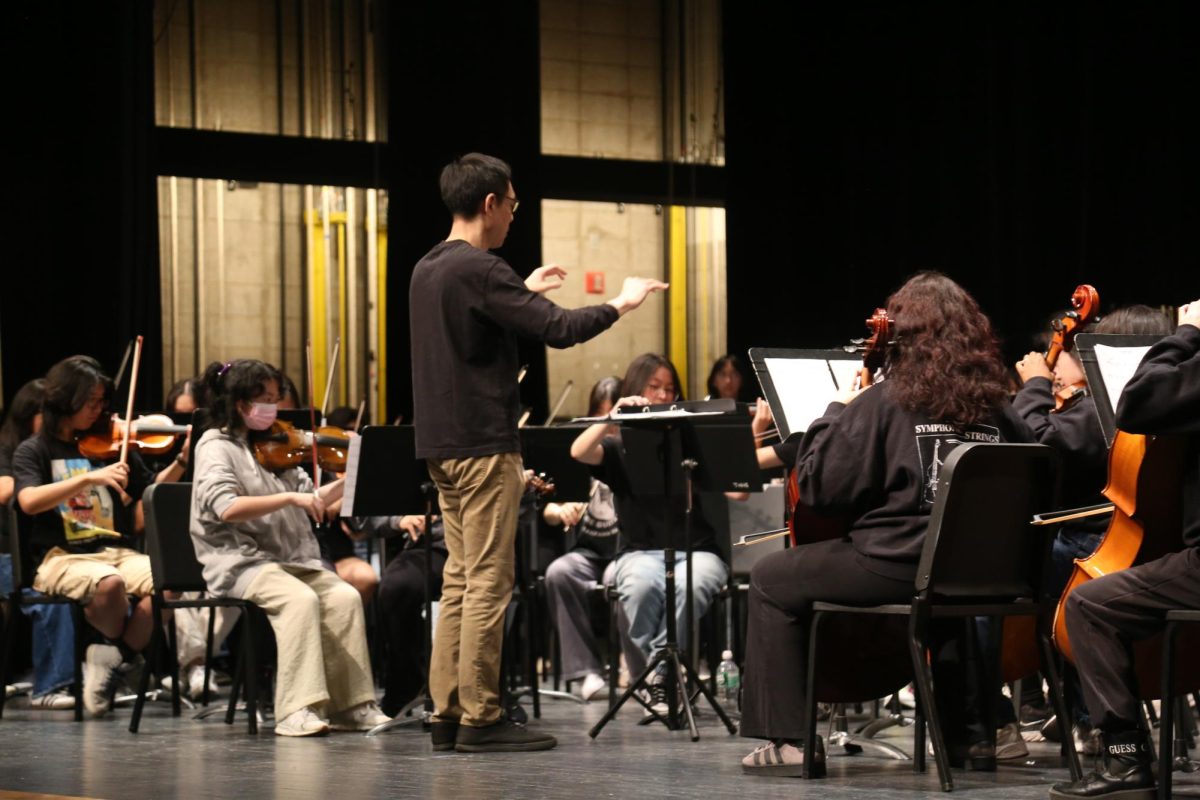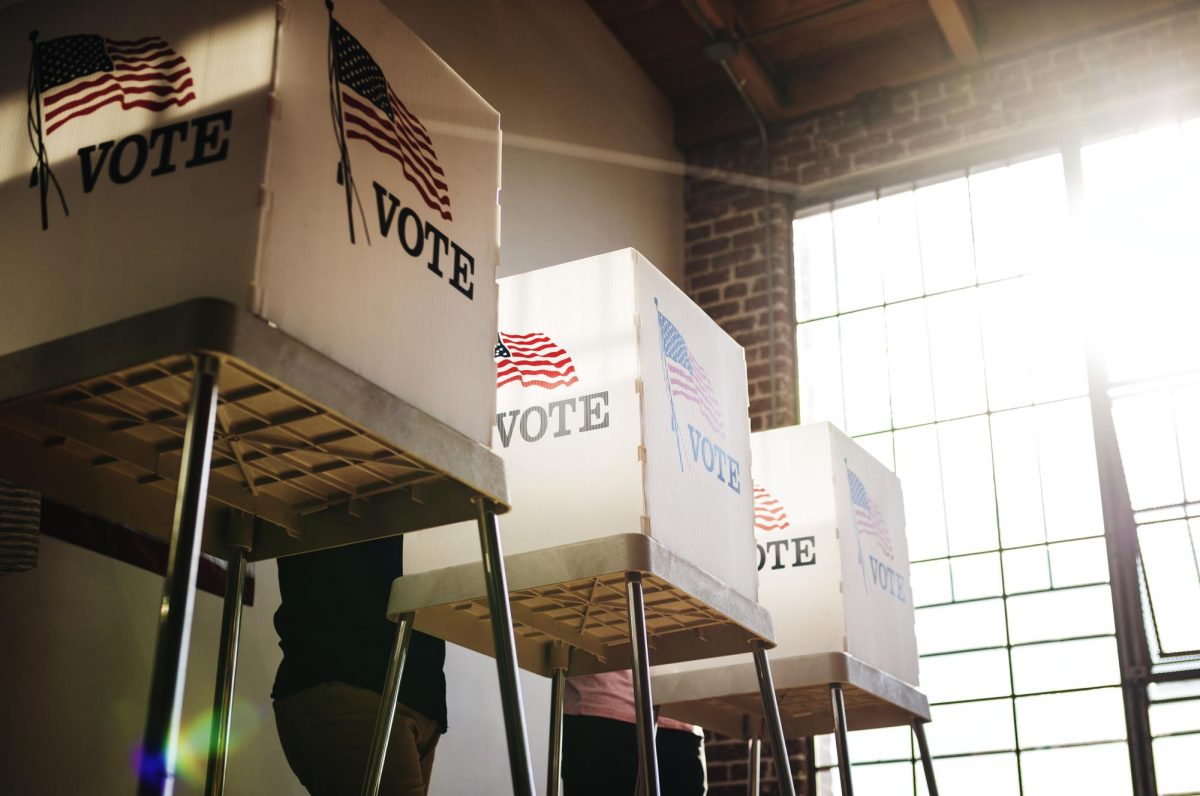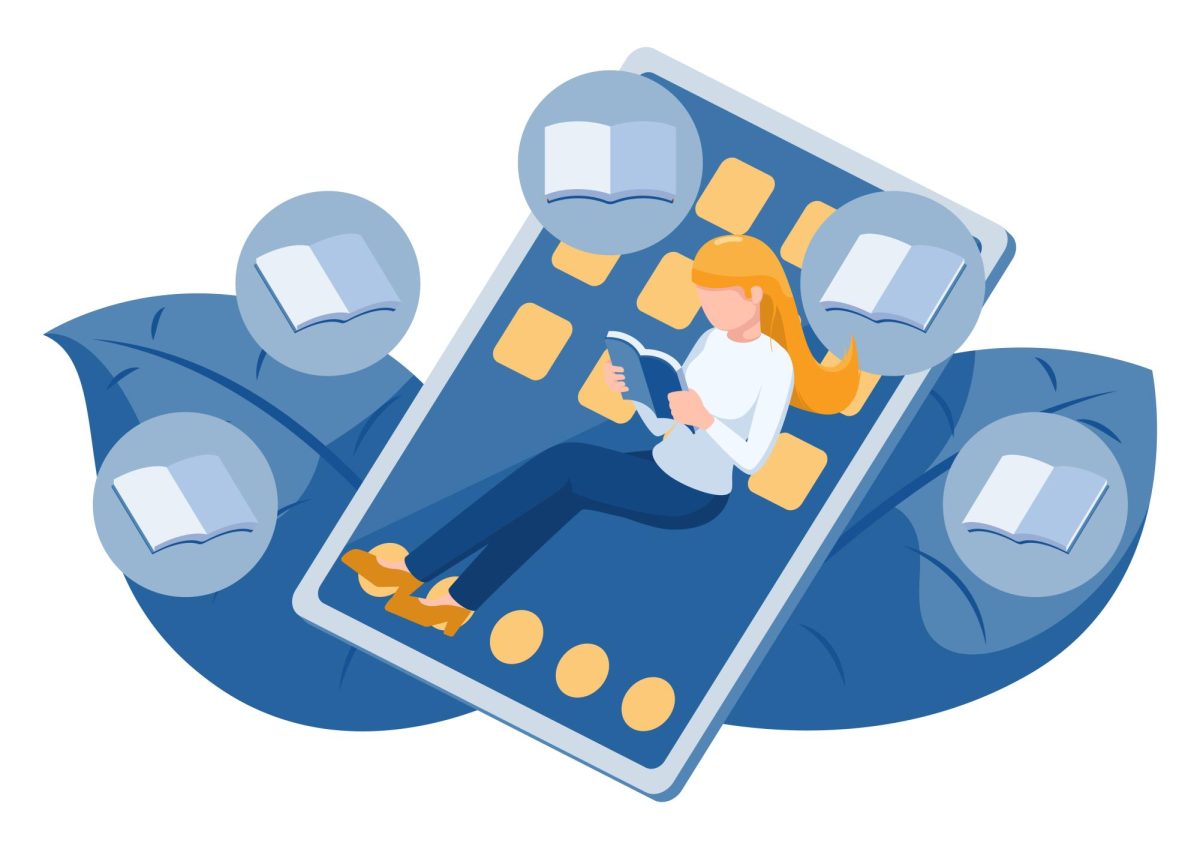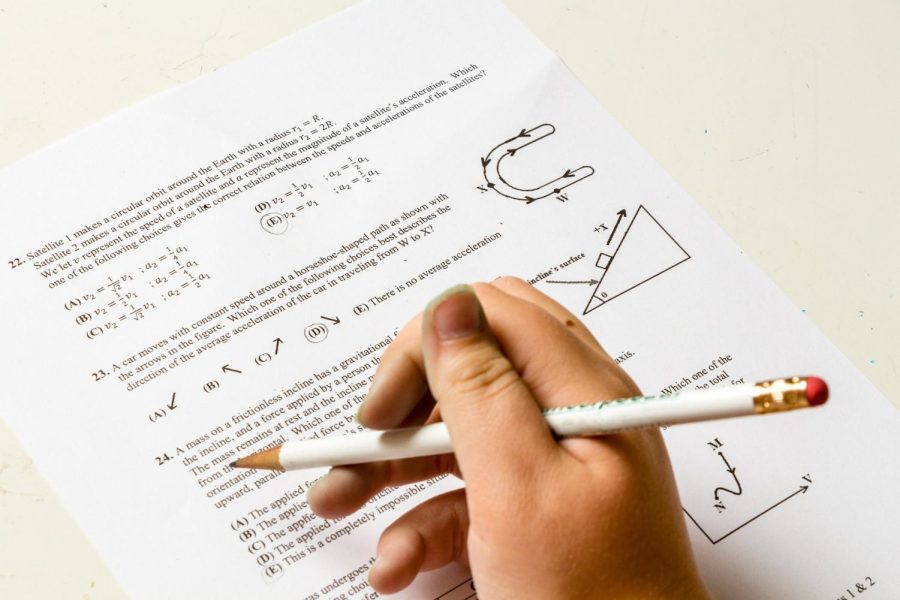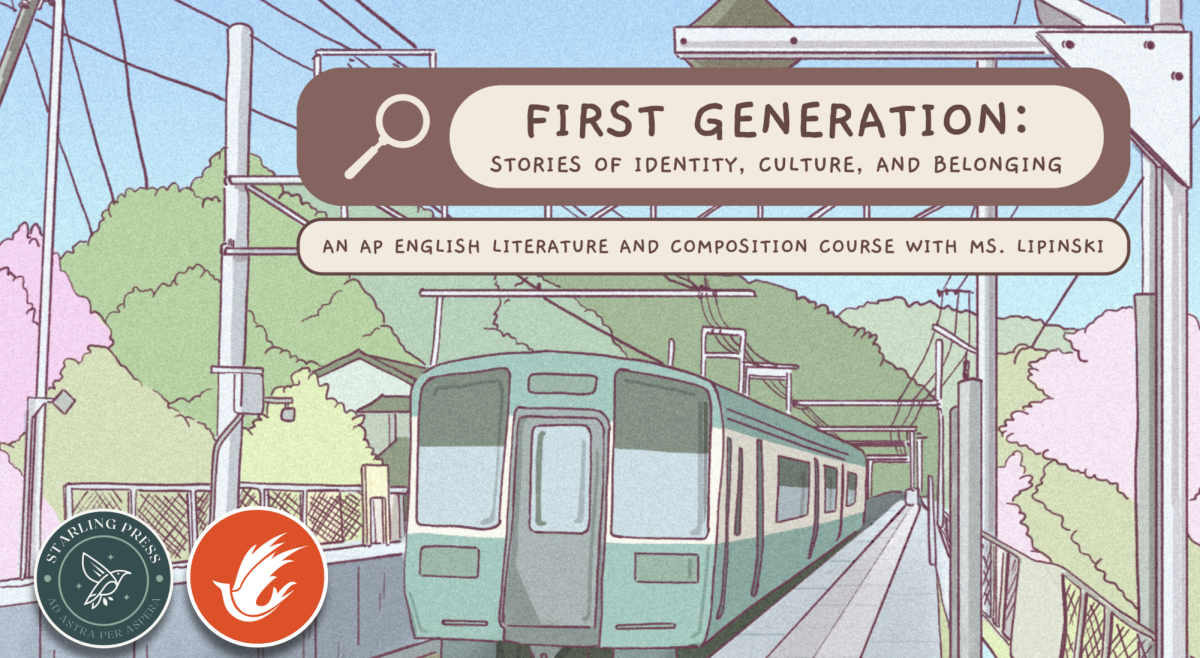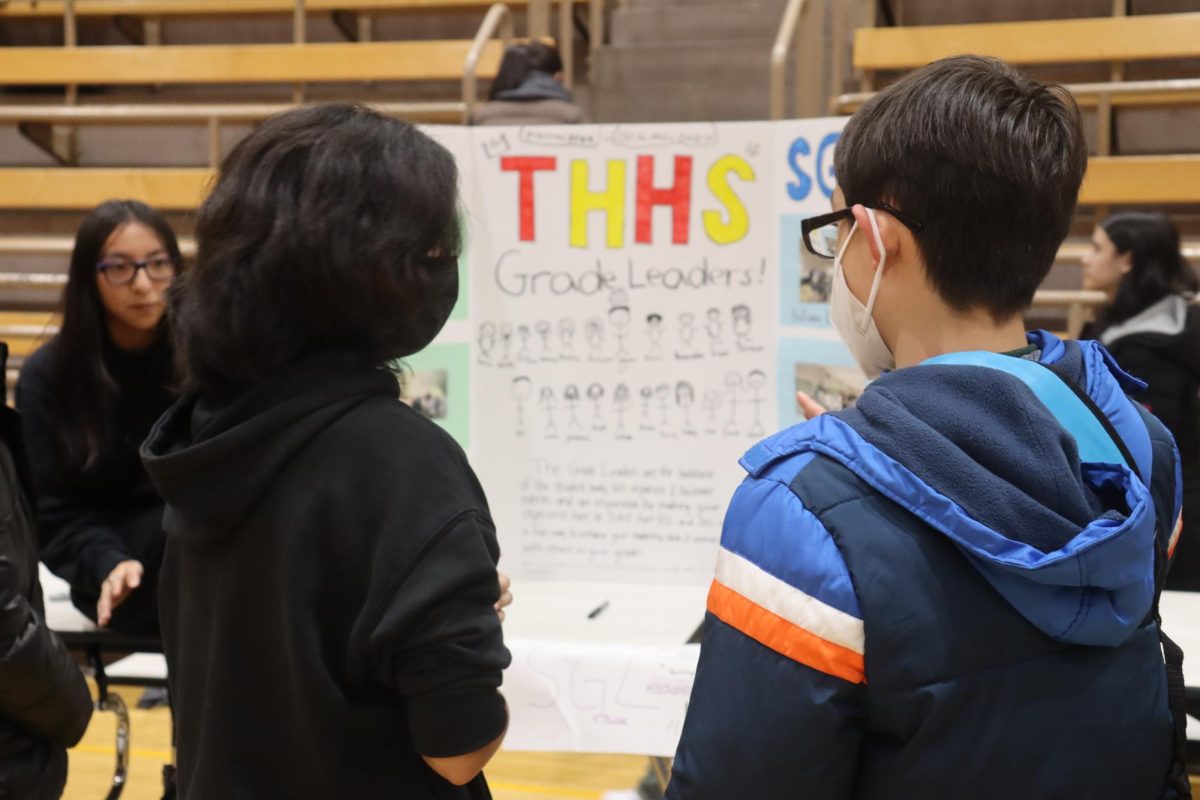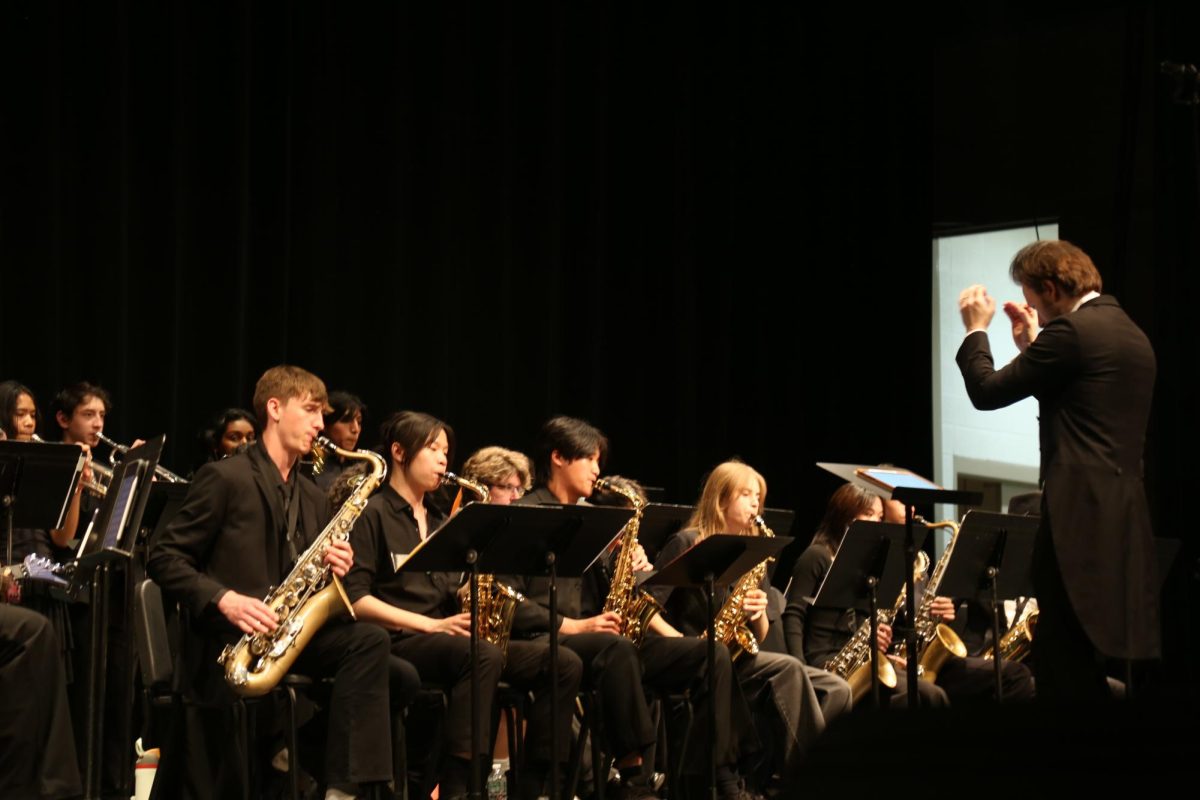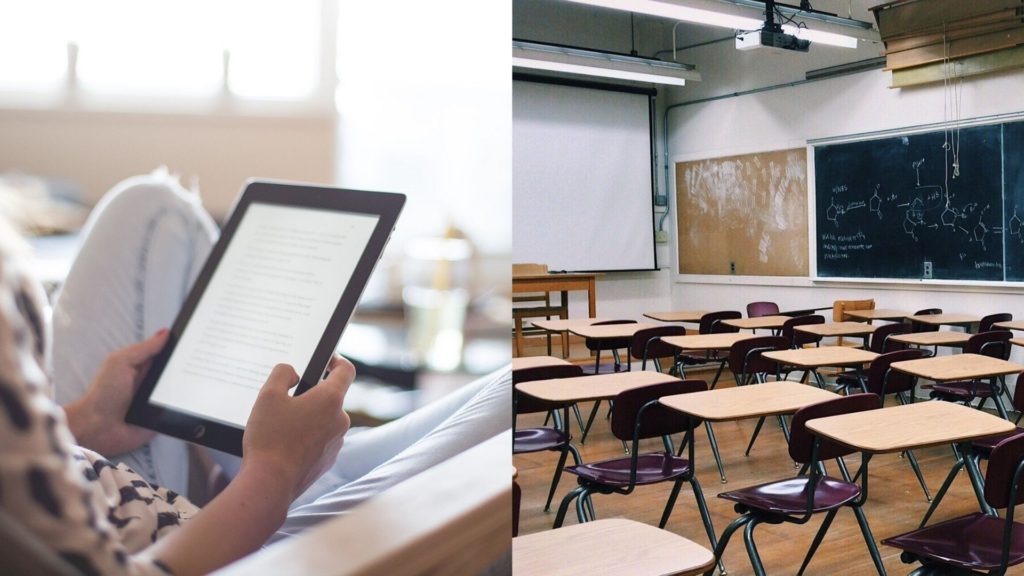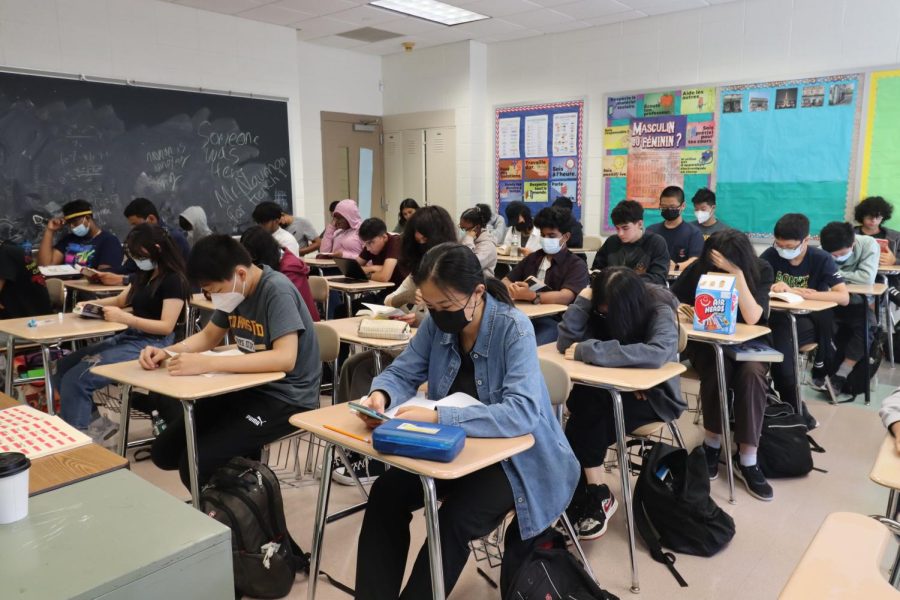
By Thomas Szymanski
You might have witnessed the “cult following” in the media of the governors over the course of quarantine. Thousands watch their press conferences every day, with some even gaining attention outside of their very states. Ron DeSantis, for example, gathered quite the mixed response from the nation as the Florida Governor attempted to pacify the state’s unruly population that flocked to Floridian beaches. Yet, one of these state leaders has truly stood out, and he is none other than NY’s own Andrew Cuomo.
As governor, Andrew Cuomo has presided over much of the actions taken in the light of the pandemic, such as the closing of public schools. Although many look to the governor for an inspirational source of leadership and pundits have been savoring the possibility of a presidential run – he is not, and can not be immune to criticism, and a degree of what the governor has chosen to divulge during press conferences presents a great cause for concern: specifically his plans for education in the future.
Governor Cuomo wants education “reimagined,” and to accomplish this he enlisted the Gates Foundation, representing Bill and Melinda Gates. Not much is known about the deliberations thus far, but the governor’s comments have provided food for thought as to what these plans will entail. Cuomo has been voicing his support for the integration of technology into learning: a euphemism for continuing remote learning for the foreseeable future. “The old model of everybody goes and sits in the classroom and the teacher is in front of that classroom and teaches that class and you do that all across the city, all across the state, all these buildings, all these physical classrooms,” the governor lamented. “Why, with all the technology you have?” This line of reasoning simply begs the question of why New York should have even had physical schools in the first place.
There is no question that the pandemic will continue into the next school year. Experts such as Anthony Fauci, one of the current Federal administration’s top doctors, have warned of a possible resurgence in the fall, and even the most optimistic estimates for the development and dispersion of a vaccine have ranged from anywhere between 12 to 18 months. As such, the governor is planning for a future of remote education past the pandemic. He’s even set up a committee specifically for this reimagination project – yet the demographics of its members has provided a forecast of worrying circumstances for many teachers. Not one current NYC educator has been called to the governor’s council on “reimagining education.” To reiterate, instead of enlisting professionals who have been serving the country’s largest public education system, not to mention the fact that these are the very educators who have been teaching via remote learning, Governor Cuomo has chosen to work with those inexperienced in decision-making processes.
The governor does not seem to understand why a physical classroom cannot be replaced with a computer screen, or why social interactions – not only teacher and student rapport, but also interactions between students – matter. None of these integral parts of the educational experience can be offered by remote learning. Remote learning provided a rapid solution to the issue of material intended to be covered being made unavailable by schools’ closure – it has proven that it cannot be a long-term replacement.
It is undeniable that the governor’s continued emphasis on remote learning would mean further dispersion of technological goods to disadvantaged families. At the same time, however, the prospect of budget cuts to education has made itself quite evident recently. The NYC Department of Education is being cut by nearly 827 million dollars, and although little is known of the State’s plans, Cuomo has announced a possible 8.2 billion cut to aid in localities. Simply put, this is money that could have gone to local education – NYS state spends a large amount on education and healthcare, meaning that they would likely be on the cutting board. With all of this and departments instituting hiring freezes, one can ask – is there enough money for technology and not for people? The state is undoubtedly paying large amounts to technology companies for the electronic goods it is providing to disadvantaged students. Where is the money for education?
The governor’s rhetoric has also fallen short in promising adequate education for students with disabilities. Such students are required by law to be provided with a number of services, such as tutoring, occupational therapy, physical therapy, and speech therapy, depending on their needs. These objectives are not accomplishable without physical schooling, unless the governor intends for students with disabilities to receive, for instance, physical therapy over a Zoom call.
In the wake of the advancement of remote learning, students with disabilities have reported massive issues preventing them from pursuing their learning. Deaf students have complained of the lack of ASL interpreters and real-time captioning in live, online sessions – amenities they would receive in physical school. Blind students have had issues relating to learning materials not being registered by online readers which would transcribe them into Braille – blind students would not have to deal with this issue in physical schools. To be clear, there is no way for the governor’s plans to accommodate the most vulnerable students. In fact, the negligence across the country in this regard has been stunning: many families with children with disabilities have complained of virtually no communication assuring them that their childrens’ legally ordained rights will still be protected. In the end, students with disabilities can only receive help at schools as they were before the pandemic – and in fact, the very transition to online learning has left special education teachers warning of potential regression among many, now struggling, special education students
Furthermore, there is a continuing worry that the governor has bought into rhetoric concerning the so-called “efficiency” of remote learning. The fact is that remote learning is not as effective as face-to-face learning, and there is no data to prove otherwise. In fact, there is virtually every reason to indicate that it isn’t as effective. Not every teacher is able to provide online classes, lacking the skills or knowledge to do so. Many homes still lack high-speed internet and finally, remote learning is devoid of any benefits to education outside of academic skills.
Governor Cuomo has since adopted a slight shift in language as his comments have provoked the outcry of various teachers’ associations and unions, from Buffalo to NYC. He tweeted recently, “Teachers are heroes & nothing could ever replace in-person learning – COVID has reinforced that… [re-imagining] will be done in full partnership with educators and administrators – that’s the only way it could be successful.” However, this comment, although intended to console the state’s teachers, is ultimately meaningless – Governor Cuomo indicated no shift in substance nor did he make any concessions. Did the Governor indicate a change in the committee’s goals? Or perhaps adding more educators? At the end of the day, the Governor can tweet about how teachers are heroes, but he should also recognize the highly possible consequences his actions might have on both them and their students.
Ultimately, the governor and his council seem to have forgotten what education can provide outside of clear-cut facts and content knowledge, such as the ability to interact with other people. This social interaction provides students with the capacity to resolve conflicts, collaborate on a project, or lead an interpersonal dialogue. Do we really want to experiment on an entire generation to see the effect online education would have on students’ interpersonal skills and lives?


